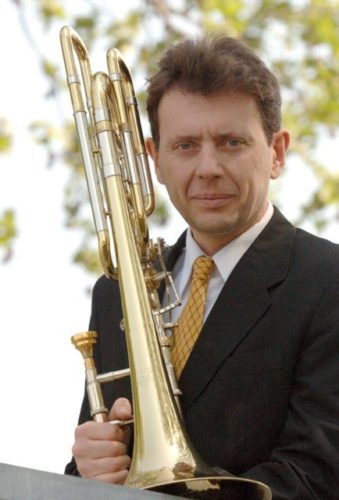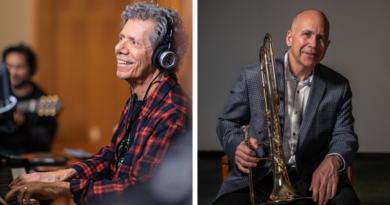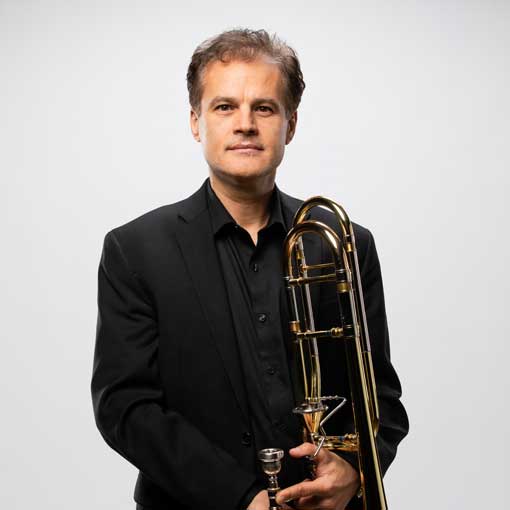Project BMI62: Stage Two
In March 2018, I began to ponder the thought of modifying my 1970 Conn 62H to become conducive to what I would exactly like from the horn. The process began in August 2018 with the first phase being I would play the bass trombone without any valves. That process was documented in this post. In late December 2018/January 2019, the double valves were placed on the Conn 62H.
When playing the first few notes at Buckeye Brass & Winds, instantly I could NOT tell a difference between the open horn and the new horn with valves. Of course, playing those first notes in a concrete, low-ceiling basement of an old church building does not give a full feel of the instrument (side note: what a customer advantage for a music shop to be located in an old church building). After going to the old church’s sanctuary, notes began popping out with a crisp, immediate response. A wonderful occurrence was happening as both myself and the technician, Rob Phillips, were grinning ear to ear.

Not to get carried away with glee, I took the horn home for a more thorough test drive through various etudes, solos, and excerpts. As I practiced in my 36 x 13 x 8-foot home studio, I could not stop from verbally saying “Wow” or “Yes!” Almost overcome with emotion, I knew this is what was needed for this horn.
And for myself.
For the next few weeks, I continued playing the horn for my students and others. In one lesson, I kept hearing a ringing sound when playing a certain partial. At first, my thought was that pesky piano in our teaching studio was not entirely dampened. Upon further review, one of the ferrules had not been properly soldered. With a quick visit to the shop, we were back in business.
For the past few months, the flow of air and sound has been much easier through these valves. Obviously, splitting the valve paddles from their original setup (side-by-side paddles) is clearly the better choice for today’s necessity in solo literature, and being 6′ 6″ with large hands, the valve paddles have been set up to my own customizations as I hold the instrument according to the “Yeo” grip. The more I play this horn, the more I like it. It has the sound that I want in my own playing. Everything that is expected with an ‘Elkhart’ 62H is still featured in this horn except now the lower registers can really bring the power with a laser-like sound. One can only hope that this classic sound can come back to the mainstream of American bass trombone playing.

The adventure of always learning more about the horn, the sound, and myself is that the customization may not be done. Recently, I have even thought “What would a Dual-Bore TIS slide be like with this bell section?” or “Would I want to change the valve paddle setup?”
But let’s not get to carried away just yet…
There are a couple of people to thank throughout this process. First off, a special thanks should go to Instrument Innovations for designing these valves. They are truly a dream to play and I hope others get to experience these valve configurations. Second, I need to thank Jose Vidal from Dillon Music for unknowingly talking me out of selling this horn. Our conversation at the American Trombone Workshop got me thinking quite a bit, and I am grateful I did not consign this gem. Lastly, a special thanks to Rob Phillips from Buckeye Brass & Winds, for building, tinkering, tweaking, and fixing this horn to be where I wanted it to be. Combining his know-how with my ideas made for a wonderful, performing-enhanced product.
Click here to see more before/during/after photos.



